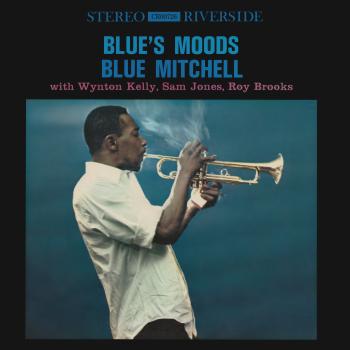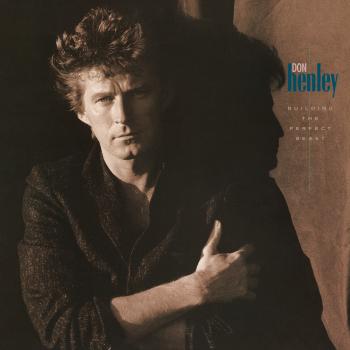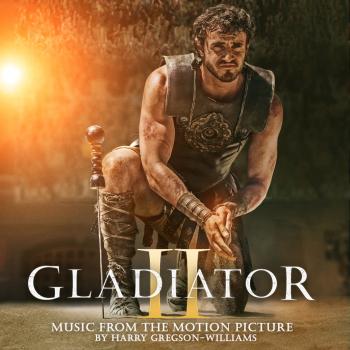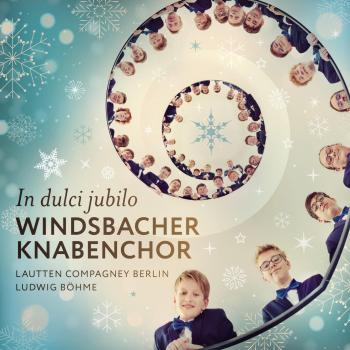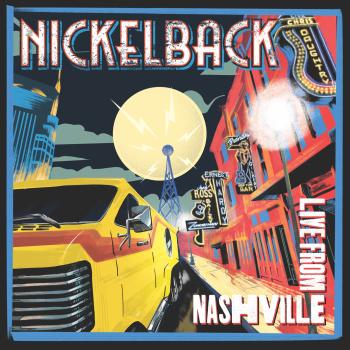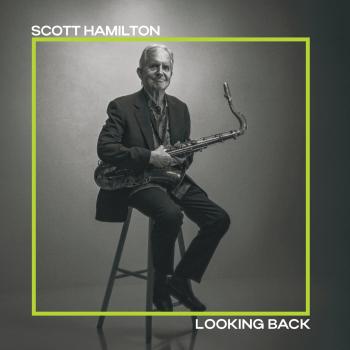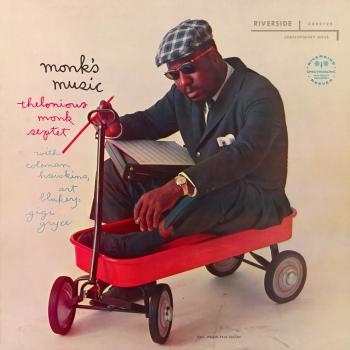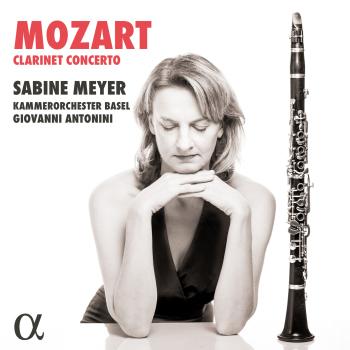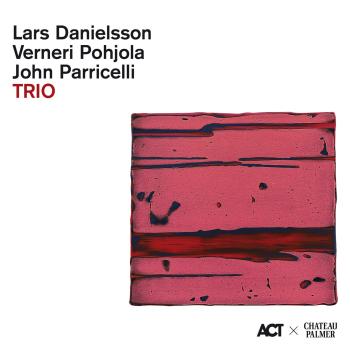
Couperin: Pieces de violes Paolo Pandolfo
Album info
Album-Release:
2013
HRA-Release:
10.10.2013
Label: Glossa
Genre: Classical
Subgenre: Instrumental
Artist: Paolo Pandolfo
Composer: Francois Couperin (1668-1733)
Album including Album cover Booklet (PDF)
- 1 I. Prelude 04:29
- 2 II. Allemande legere 02:13
- 3 III. Courante 01:54
- 4 IV. Sarabande grave 04:11
- 5 V. Gavotte 01:46
- 6 VI. Gigue 02:10
- 7 VII. Passacaille ou Chaconne 05:42
- 8 I. Pointe-coule 02:35
- 9 II. Badinage 01:43
- 10 III. Lentement, et patetiquement 01:19
- 11 IV. Air - Gracieusement, et legerement 03:23
- 12 I. Prelude 02:20
- 13 II. Fuguete 01:48
- 14 III. Pompe funebre 05:15
- 15 IV. La Chemise blanche 03:08
- 16 I. Vivement 01:56
- 17 II. Air 03:22
- 18 III. Sarabande 03:32
- 19 IV. Chaconne legere 02:48
- 20 III. Plainte pour les Violes, Lentement et douloureusement 04:13
Info for Couperin: Pieces de violes
Die exklusive, ja schon fast intime musikalische Welt von François Couperin „Le Grand“ wird nicht nur durch seine großartigen Cembalowerke repräsentiert, sondern auch durch seine wenigen erhaltenen Kompositionen für Viola da gamba. Paolo Pandolfo hat hier für GLOSSA die aus Couperins später Schaffensperiode stammenden Gambenwerke eingespielt. Pandolfo zeigt uns dabei, dass diese Musik sowohl vergeistigte als auch schelmenhafte Züge kennt. Neben den beiden bereits erwähnten Serien von Pièces de violes (womöglich die letzten Werke Couperins überhaupt) sind hier noch zwei Konzerte mit zwei Gamben aus „Les Goûts Réunis“ und die wunderbare „Plainte“ aus dem zehnten „Concert Royal“ zu hören.
'Die weit verzweigte Musikerfamilie Couperin nahm vom Ende des 16. bis ins frühe 19. Jahrhundert eine führende Stellung im französischen Musikleben ein. François Couperin (genannt: „Le Grand“) trat 1686 zunächst eine Organistenstelle an Saint-Gervais in Paris an, bevor er Eintritt in den exklusiven königlichen Musikbetrieb erhielt. Hier wirkte er als Organist, später verstärkt auch als Cembalist und Musiklehrer. Diese Tätigkeit, die ihn auch in unmittelbare Nähe der Regenten Ludwig XIV. und Ludwig XV. führte, verschaffte ihm die Möglichkeit zum ungestörten Komponieren. Hierbei konzentrierte sich Couperin in erster Linie auf Werke für Cembalo solo, die er zwischen 1713 und 1730 in vier opulenten Bänden veröffentlichte. Aber auch Kirchenmusik und Instrumentalkompositionen für Ensemble entstanden in beträchtlicher Menge. Schließlich fand Couperins Lehrtätigkeit ihren Niederschlag in der Publikation des Unterrichtswerks „L’Art de toucher le clavecin“. Auf die französischen Musiker seiner Zeit übte Couperins Kompositionsstil einen enormen Einfluss auf, und auch im europäischen Ausland wurden seine Werke mit großem Interesse aufgenommen.'
'Der italienische Gambist Paolo Pandolfo hat auf seiner neuesten CD einige Gambenkompositionen François Couperins eingespielt. Es handelt sich um zwei Suiten für Viola da gamba und Basso continuo sowie zwei Konzerte für zwei Gamben. Jeder Einzelsatz ist ein Kunstwerk für sich, zuweilen von Couperin noch mit programmatischen Titeln versehen. Paolo Pandolfo präsentiert auf seiner Gambe einen immens großen Ausdrucksreichtum, das Spektrum reicht von zarten, kaum hörbaren Tönen, über warme, klagende Melodien bis hin zu außerordentlich virtuosen Läufen. In den Suiten wird er wirkungsvoll von drei Continuospielern begleitet, in den Konzerten ist ihm Amélie Chemin eine ebenbürtige Partnerin.' (Bernhard Schrammek, kulturradio)
Paolo Pandolfo, viola da gamba
Amélie Chemin, viola da gamba
Thomas Boysen, theorbo & Baroque guitar
Markus Hünninger, harpsichord
Recorded in Rasteau, France, in September 2012
Engineered and produced by Christoph Frommen
Executive producer: Carlos Céster
Paolo Pandolfo
Widely admired as a virtuoso exponent of the viola da gamba through his concert performances and recordings of key composers from Germany, France, Spain, England and his native Italy, Paolo Pandolfo has in recent years been developing the instincts and skills for improvising and composing. He began his research in the field of renaissance and baroque musical idioms around 1979 along with violinist Enrico Gatti and harpsichordist Rinaldo Alessandrini. Studies with Jordi Savall at the Schola Cantorum Basiliensis in Switzerland were followed by membership of Savall’s Hespèrion XX between 1982 and 1990. A highly successful recording of the CPE Bach Sonatas for viola da gamba (on Tactus) in 1990 saw Pandolfo nominated as Professor of viola da gamba at his alma mater, the Schola Cantorum Basiliensis in Basel, where he has been concentrating his teaching activities ever since.
Since 1997 all of Paolo Pandolfo’s recordings have appeared on Glossa. The odyssey commenced with the first complete recording of Antoine Forqueray’s Pièces de Viole, followed by discs devoted to the music of Tobias Hume, Marin Marais (Le Labyrinthe et autres histoires was devoted to character music whilst Grand Ballet focused on Marais’ gestures and dance music) and Sainte-Colombe. Pandolfo has regularly ventured beyond the realms of Renaissance and Baroque notated music for his instrument; he achieved a notable success with his own transcription of the six Bach Solo Suites and recorded an unaccompanied recital, A Solo. Travel Notes and Improvisando have further demonstrated Pandolfo’s command of the possibilities of the viola da gamba as a composer himself.
His performing activities have taken him all over the world, playing with artists such as Emma Kirkby, Rolf Lislevand, Rinaldo Alessandrini, Mitzi Meyerson, José Miguel Moreno and many others. He has been described as the Yo Yo Ma of the viol. Since 1992 he has been directing Labyrinto, a group of four or five viola da gambas, which is dedicated to the huge consort music repertoire.
Paolo Pandolfo builds bridges between the past and the present, bringing spontaneous and immediate life in the performance of baroque and renaissance music using medias such as improvisation, transcriptions and composition of modern pieces, being convinced that the patrimony of ancient music can be a powerful inspiration for the future of the western musical tradition.
Booklet for Couperin: Pieces de violes


